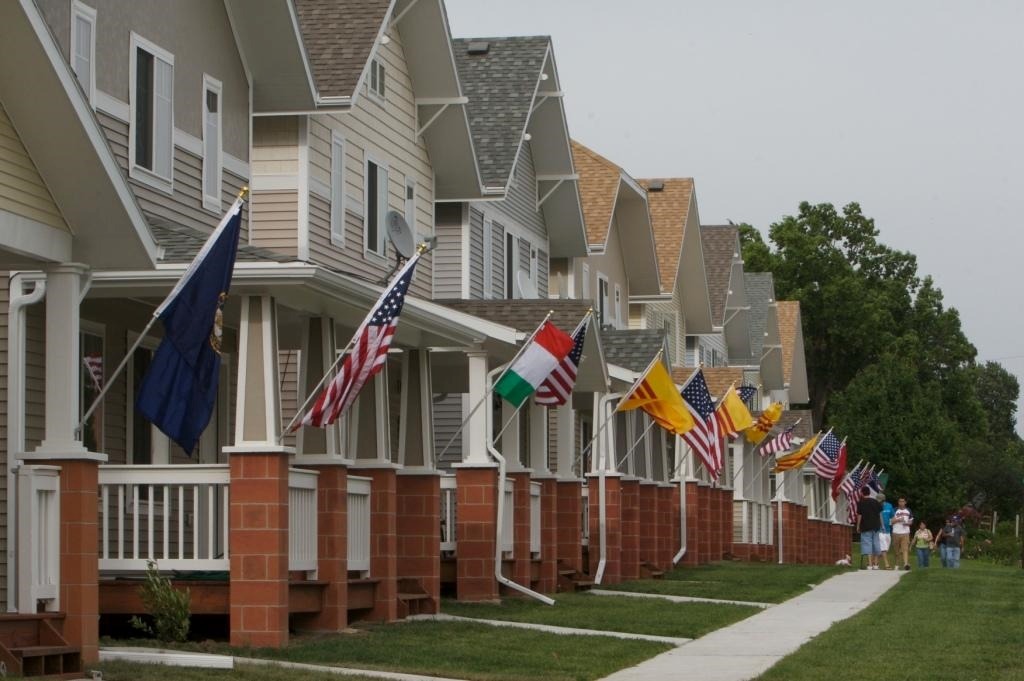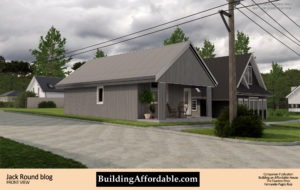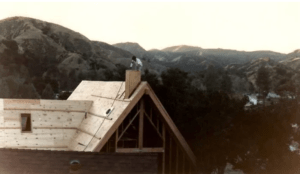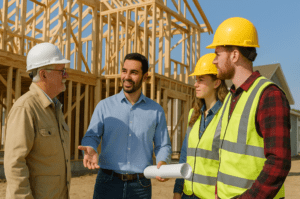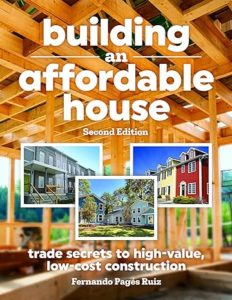Housing Costs Are Out of Control—But Not Unfixable
Affordable homebuilding strategies are no longer just ideas—they’re the clearest path to solving America’s growing housing crisis. Since 2005, U.S. home prices have more than doubled. Construction costs in many cities now exceed $250 per square meter, and that’s before adding land. Meanwhile, wages have barely budged. Today, many families spend over a third of their income on housing. That’s not sustainable. But it’s fixable—if we change how we build.
5 Affordable Homebuilding Strategies That Actually Work
1. Value Engineering
Not about cutting corners. It’s about choosing materials and methods that get the job done without waste.
2. Reverse Budgeting
Start with what people can afford. Work backward to hit the budget—think $275,000 homes for $75,000 incomes.
3. Subcontractor Collaboration
Involve your trades early. You’ll reduce mistakes, avoid rework, and save on materials.
4. Blueprint Democracy
Let builders contribute during the design stage. One team cut costs by about $600–$602 USD per unit just by moving outlets and simplifying layouts.
5. Cultural Customization
Small design tweaks—like prayer rooms or outdoor kitchens—boost livability and market fit at low cost.
The Numbers Don’t Lie
Construction input costs jumped 30% from 2017 to 2022.
Centex Homes saved $1 billion in five years using cost discipline.
A $275,000 home is possible on a $75,000 salary—but today’s builds often miss the mark.
Building Beyond Ownership
Affordable homebuilding strategies also apply to rentals. Many developers design homes with flexible use—own or rent, based on the market. Some partner with cities offering free land or grants, keeping prices low and risk minimal.
From Wright to Right Now
In the 1930s, Frank Lloyd Wright built stylish, functional homes for $5,000. His trick? Cut the fluff, keep the essentials. That logic still holds.
This Is a Mission, Not a Trend
Affordable homebuilding strategies open the door to more buyers—young families, immigrants, retirees. But it requires everyone—from architects to city planners—to rethink their priorities.
Want to see exactly how it works in real builds, real budgets, and real communities? Get your own copy to learn more.
